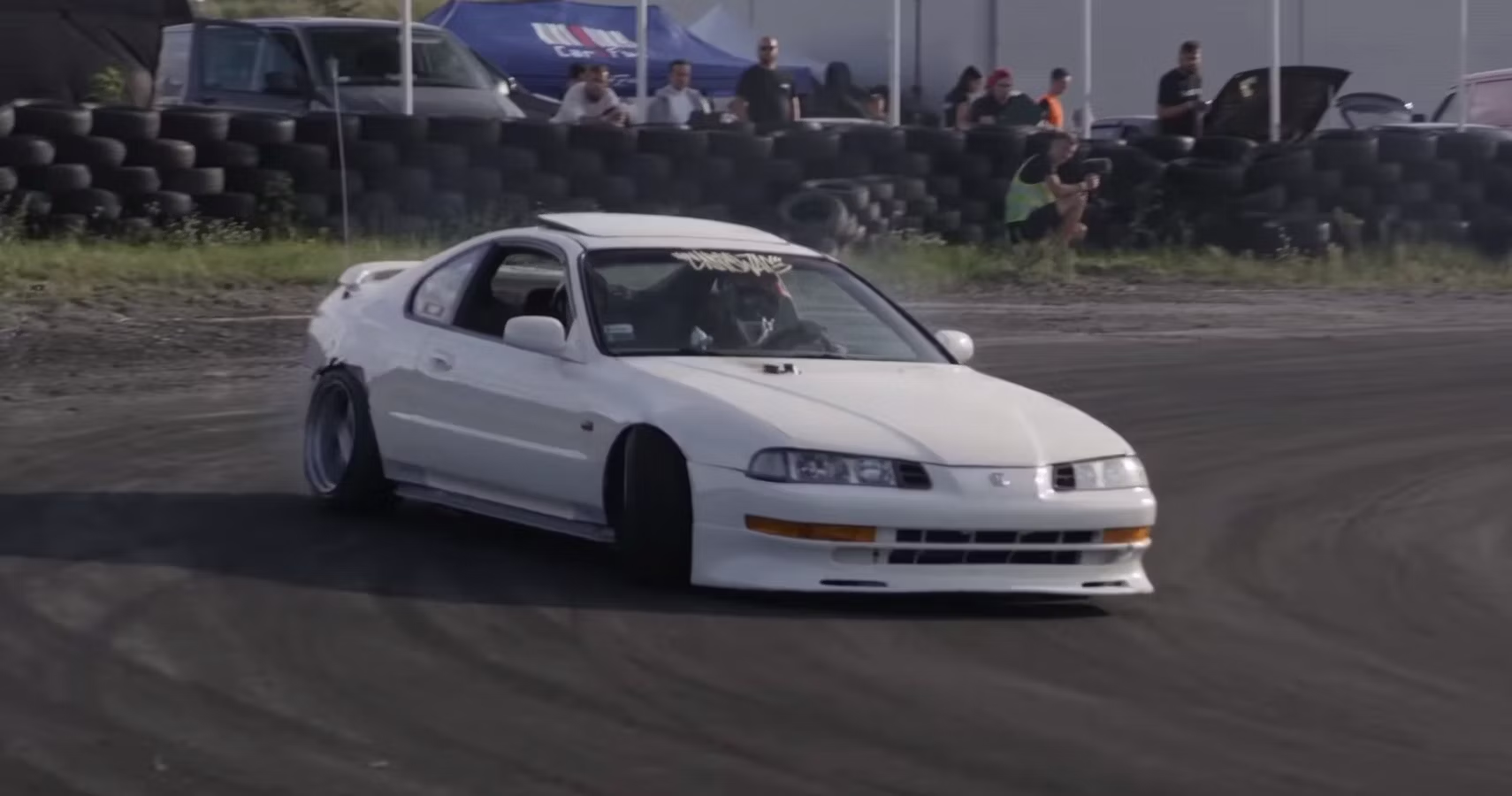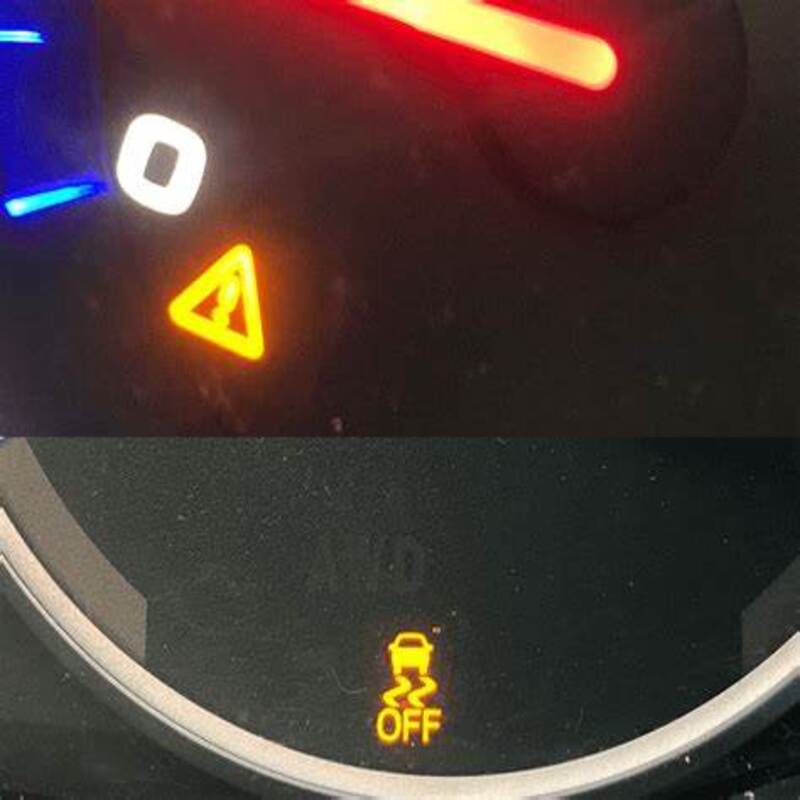Honda. The name conjures images of reliable, fuel-efficient sedans and sporty, agile coupes. But there’s one thing missing from that picture: rear-wheel drive (RWD). Unlike some manufacturers known for their powerful, tail-happy machines, Honda has historically focused on front-wheel drive (FWD) layouts. However, that doesn’t mean Honda hasn’t dabbled in the world of RWD, and their forays into this territory have produced some truly iconic vehicles.

A History of Honda’s RWD Charm
Let’s take a trip down memory lane and revisit some of Honda’s most captivating RWD offerings.
- The Classics: S600, S800, and the Beloved S2000
In the 1960s and 1970s, Honda delighted enthusiasts with a trio of lightweight, nimble sports cars: the S600, the S800, and the legendary S2000. These compact roadsters boasted high-revving engines mounted longitudinally in the front, sending power to the rear wheels. The result? A thrilling driving experience that emphasized driver engagement and a sense of connection to the road. The S2000, particularly, achieved cult status for its combination of precision handling, a screaming VTEC engine, and a convertible top that made every drive an open-air adventure.
- The NSX: A Supercar Pedigree
Honda truly entered the supercar arena with the 1990 introduction of the NSX. This mid-engine marvel featured a transversely mounted V6 engine powering the rear wheels. The NSX wasn’t just about raw power; it prioritized handling and driver feel. It challenged established European supercars by offering a more user-friendly and reliable alternative, all while delivering exhilarating performance.

The Why Behind the FWD Focus
So, why has Honda primarily stuck with FWD? There are several reasons.
- Packaging Efficiency: FWD layouts allow for a more compact drivetrain, freeing up valuable cabin space, a key consideration for Honda’s focus on practical and efficient vehicles.
- Production Costs: FWD systems are generally simpler and less expensive to manufacture than RWD setups, which translates to more affordable cars for the consumer.
- Fuel Economy: FWD cars tend to be slightly more fuel-efficient than their RWD counterparts due to reduced drivetrain weight and complexity.
These factors have made FWD a logical choice for Honda’s core market. However, the enthusiast community has long yearned for a return to Honda’s RWD roots.

A Glimpse into the Future: A New Dawn for RWD Hondas?
The future of Honda and RWD might be more exciting than we think. Here’s why:
-
The Electric Revolution: The shift towards electric vehicles (EVs) presents a unique opportunity. Unlike traditional gasoline-powered cars, EVs don’t have the same packaging constraints. Electric motors are compact and can be placed anywhere in the chassis. This opens the door for Honda to explore RWD layouts in their upcoming EV lineup without sacrificing practicality.
-
Honda’s Recent Statements: Intriguingly, Honda has hinted at a possible return to RWD sports cars. In 2023, Honda unveiled the stunning Honda e:Prototype concept car at the Guangzhou Auto Show. This sleek electric coupe featured a rear-wheel-drive layout, sparking speculation about a potential successor to the S2000.

Future Prospects and Innovations
The potential return of rear-wheel drive (RWD) Hondas with hybrid and electric technology is electrifying, but the story doesn’t end there. Let’s delve deeper into some future prospects and innovations that could shape the next chapter of RWD Hondas.
Advanced Driver Assistance Systems (ADAS) Tailored for RWD
With RWD dynamics potentially changing handling characteristics, Honda could develop advanced driver assistance systems (ADAS) specifically tuned for this platform. Imagine a system that anticipates oversteer or understeer scenarios in RWD Hondas, providing subtle interventions to maintain stability while preserving the engaging driving experience.
Torque Vectoring for Enhanced Agility
Electric motors offer precise control over power delivery. Honda could implement torque vectoring systems that distribute power unevenly between the rear wheels, enhancing cornering capabilities. This technology would be particularly beneficial in high-performance RWD Hondas, allowing for sharper turn-ins and improved handling on twisty roads.
AI-powered Performance Optimization
Imagine an artificial intelligence (AI) system that analyzes driving style and road conditions in real-time. This system could then adjust various parameters, such as power delivery, regenerative braking, and even suspension settings, to optimize performance for a truly personalized driving experience. In RWD Hondas, such a system could prioritize handling dynamics on a race track or maximize efficiency on a highway cruise.
Sustainable Materials and Manufacturing
Honda’s commitment to environmental responsibility extends beyond just electric vehicles. They could explore sustainable materials and manufacturing processes for RWD Hondas. This could involve using recycled components or bio-based materials in the construction of the chassis and interior, further reducing the environmental impact of these vehicles.
The Connected RWD Experience
The future of cars is increasingly connected. Honda could integrate advanced telematics systems into RWD Hondas, allowing drivers to remotely monitor battery health, schedule charging sessions, or even receive over-the-air software updates that optimize performance and features. Additionally, these connected features could foster a community of RWD Honda enthusiasts, enabling them to share experiences and driving data.
A Future Full of Possibilities
The prospect of RWD Hondas powered by hybrid and electric technology is exciting. But the possibilities extend far beyond the powertrain. By embracing cutting-edge technologies and prioritizing sustainability, Honda could create a truly innovative lineup of RWD vehicles that redefine the driving experience while staying true to their heritage of performance and efficiency. Whether it’s AI-powered performance optimization or sustainable materials, the future of RWD Hondas promises to be a thrilling journey.
Integration of hybrid and electric technology in RWD Hondas
Honda’s legacy features some truly captivating rear-wheel drive (RWD) vehicles, but the brand has primarily focused on front-wheel drive (FWD) for practicality and efficiency. However, the rise of hybrid and electric technology presents a fascinating opportunity for a resurgence of RWD Hondas. Let’s explore how these new powertrains could integrate with a rear-wheel-drive layout.
Benefits of RWD for Hybrid and Electric Hondas
- Enhanced Performance: RWD offers a more balanced weight distribution, potentially improving handling and agility, especially desirable qualities in performance-oriented hybrid or electric Hondas.
- Regenerative Braking: Hybrid and electric vehicles utilize regenerative braking, which captures energy during deceleration and feeds it back to the battery. With RWD, dedicated electric motors on the rear axle could handle some, or even all, of the regenerative braking, potentially improving efficiency and freeing up the front wheels for better steering feel.
- Packaging Flexibility: Unlike traditional gasoline engines, electric motors are compact and versatile in placement. This allows for creative packaging solutions in RWD Hondas. For instance, a hybrid system could place the electric motor at the rear alongside the combustion engine, creating a true all-wheel-drive (AWD) option when needed.
Challenges and Considerations
- Cost and Complexity: Integrating electric motors and batteries into a RWD layout adds complexity to the drivetrain, potentially increasing production costs. Honda will need to find a balance between performance gains and affordability.
- Weight Distribution: While RWD can improve handling, careful battery placement will be crucial to maintain a balanced weight distribution for optimal performance and safety.
- Driving Dynamics: Tuning the interplay between electric motors at the rear and regenerative braking needs careful engineering to ensure a smooth and predictable driving experience.
Looking Ahead: A Hybrid or Electric RWD Honda on the Horizon?
The future of Honda and RWD is intriguing. The Honda e:Prototype concept, a sleek electric coupe with a rear-wheel-drive layout, hints at their potential direction. Integrating hybrid or electric technology with RWD offers a unique opportunity to create a new generation of Hondas that combines exhilarating driving dynamics with exceptional efficiency. Whether it’s a high-performance hybrid sports car or a sporty electric cruiser, the possibilities are exciting.
By carefully considering the benefits and challenges, Honda could leverage their engineering prowess to create a compelling lineup of RWD Hondas powered by hybrid or electric technology. These vehicles would pay homage to the brand’s heritage while propelling them towards a future of sustainable performance.

Conclusion: The Enduring Allure of RWD Hondas
While Honda’s bread and butter have been FWD vehicles, their RWD offerings have left an undeniable mark on automotive history. These cars embodied the spirit of driving enjoyment and precision that Honda is known for. As the automotive landscape evolves with electrification, the future might hold exciting possibilities for a new generation of RWD Hondas. Whether it’s a return of the S2000 or something entirely new, the prospect of a rear-wheel-drive Honda sports car is sure to set the hearts of driving enthusiasts racing.





